When we think of Ariel, she’s a bright, brave character who captures hearts with her charm. Disney’s 1989 film adaptation painted a cheerful image of this underwater heroine. However, it’s a stark contrast to the darker narrative from which it originates. The 2023 Disney adaptation of The Little Mermaid, starring Halle Bailey, is also somewhat similar.
The initial tale — authored by Hans Christian Andersen in 1837 — was far from the sugar-coated Disney version. It’s a heart-wrenching exploration of love, sacrifice, and regret buried deep under the sea of Disney’s storytelling. This article uncovers six elements from Andersen’s original story that Disney left untapped, proving there’s more to Ariel’s story than meets the eye.
1. The Transformation From Mermaid to Human Was Painful & Brutal in the Original Story
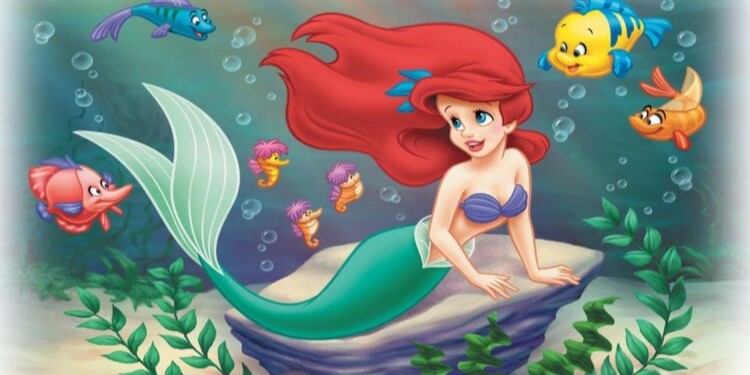
Disney’s version of The Little Mermaid Story makes Ariel’s transformation from a mermaid to a human appear magical and seemingly painless. But in Andersen’s story, the metamorphosis is anything but pleasant. Andersen uses strong, vivid descriptions to portray the transformation process as agonizing and brutal. The mermaid endures excruciating pain, likened to being pierced by a sword, highlighting the harsh realities she must bear to gain human form. This powerful, shocking element of physical suffering is entirely absent from the Disney retelling, leaving audiences oblivious to the original narrative’s severity.
2. Ariel Did Not Willingly Give Up Her Voice in Hans Christian Andersen’s Fairy Tale
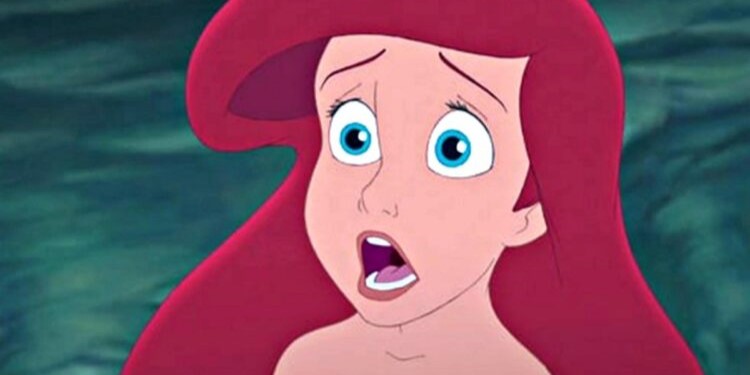
In Disney’s Little Mermaid narrative, Ariel willingly trades her voice to the sea witch for a chance to be human. However, Andersen’s tale unfolds differently. The original mermaid doesn’t enthusiastically hand over her voice. Instead, she undergoes a harrowing procedure where the sea witch cuts off her tongue. This grim event contrasts sharply with the sanitized Disney adaptation. Andersen’s tale conveys the high price the mermaid pays for her human form — and it’s not just losing her voice but enduring a traumatic, violent act.
3. The Prince Never Learns the Mermaid Saved Him
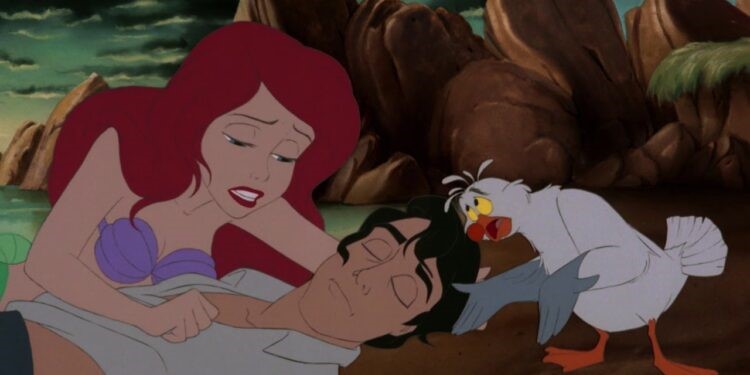
In the Disney movie, Ariel’s bravery is eventually recognized by the prince. Yet, in Andersen’s tale, the prince remains oblivious to the fact that the mermaid saved his life. Despite her sacrifice and pain, the mermaid’s silent sufferings go unnoticed, adding a layer of tragic irony absent from the Disney portrayal. This particular aspect adds a very dark depth to the whole story — and that’s exactly why this element isn’t a part of Disney’s adaptation.
4. Prince’s Condescending Behavior Towards Ariel

Disney paints the prince as a charming, respectful character who treats Ariel as an equal. Andersen’s prince, on the other hand, is far less considerate. He sees the mute mermaid as a pet, even expressing a preference for another woman who he mistakenly believes saved him.
This condescension and disregard starkly contrast with the respectful prince presented in Disney’s version. Andersen’s portrayal of the prince’s condescending behavior toward the mermaid is metaphorical. It represents the harsh reality that love and sacrifice do not always result in reciprocal feelings or happy endings.
5. Having Legs is Excruciatingly Painful for the Mermaid
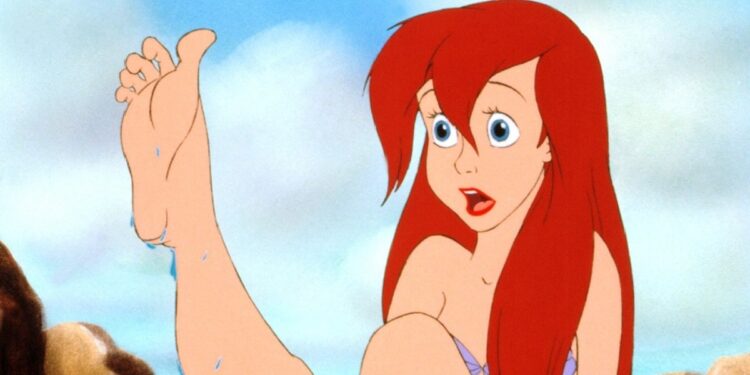
In Disney’s adaptation, Ariel gleefully explores her new human form with barely a stumble. Andersen’s mermaid, however, suffers intense pain with every step she takes on her new legs, like “treading upon sharp knives” — a constant, torturous reminder of the steep price she paid for her transformation. Andersen paints a poignant image of the mermaid enduring unbearable agony, a testament to her determination and desperation for love. However, it’s a poignant detail lost in Disney’s rendition.
6. The Little Mermaid Had a Heartbreaking End in the Original Story
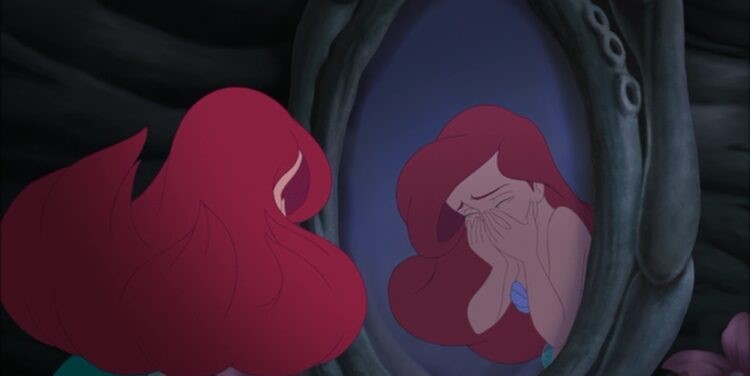
Disney’s The Little Mermaid ends on a happy note. Ariel overcomes her trials and tribulations, marries the prince, and both of them bask in their happily ever after. But Andersen’s tale concludes tragically. The mermaid doesn’t win the prince’s love and instead turns into sea foam, symbolizing her death.
In Andersen’s tale, the mermaid is given a chance at redemption, with the possibility of gaining an immortal soul through 300 years of good deeds as a spirit of the air. The story thus concludes not with a traditional fairy-tale ending but with an undertone of spiritual transcendence. It’s a nuanced allegory about life’s challenges, sacrifices, and the enduring power of hope.
 Follow Us
Follow Us





